Memory Worksheets Results
A Workbook for Aphasia - Therapists for Armenia
A Workbook for Aphasia - Therapists for ArmeniaThis is a comprehensive and practical guide for people with aphasia, a language disorder that affects communication. The workbook covers various aspects of language, such as reading, writing, speaking, and listening, with exercises and tips to improve skills and confidence. Download the free PDF and start your recovery journey today.
https://url.theworksheets.com/3hft171 Downloads
Preview and Download !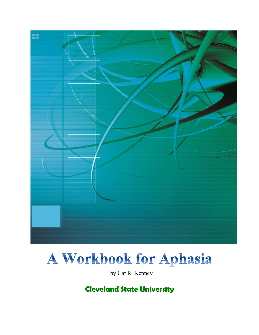
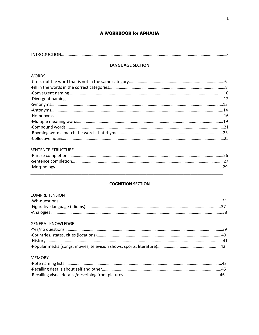

HANDOUT-ABLE- Five Different Sample Memory Book Templates with ...
HANDOUT-ABLE: Five Different Sample Memory Book Templates with Instructions (English/Spanish) Memory books as aides for cognitive involvement can assist in the home environment for functional recall in various ways. Below are various example templates as a starting point for clinicians to utilize with patients in
https://url.theworksheets.com/1wzb137 Downloads
Preview and Download !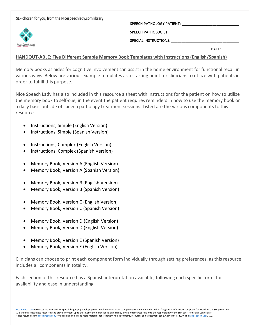
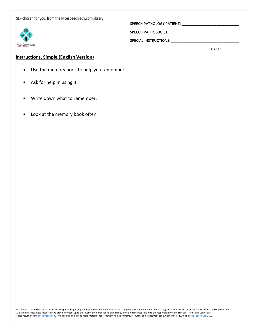
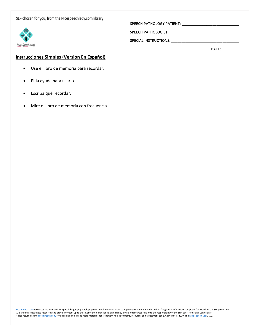
Memory Improvement Masterplan Magnetic Memory Method Worksheets
Memory Improvement Masterplan & Magnetic Memory Method Worksheets By Anthony Metivier www.magneticmemorymethod.com Neue Bahnhofstraße 28 10245 Berlin, Germany +49 0151 574 5575 learnandmemorize@zoho.com “How to Memorize and Recall Information Better and Faster!” From: Anthony Metivier Berlin, Germany Tuesday, May 14th 12:30 a.m., 2014 Dear ...
https://url.theworksheets.com/5i6224 Downloads
Preview and Download !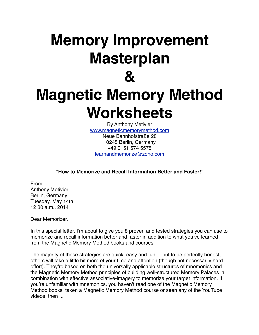
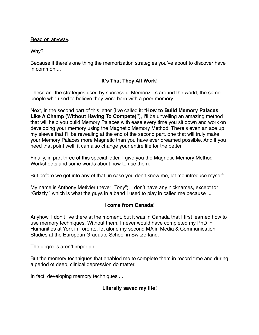
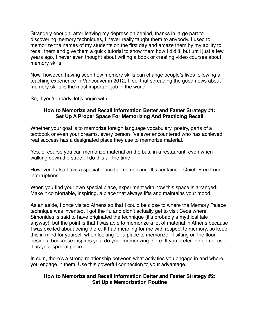
Coping with Memory After Brain Injury - Practical Strategies
Memory problems are one of the most common effects of acquired brain injury. Sadly there are no cures available, but there are a number of ways of coping and making life easier. This factsheet is designed to provide basic, practical suggestions on coping with memory problems and making the most of memory. The first main section
https://url.theworksheets.com/1xc794 Downloads
Preview and Download !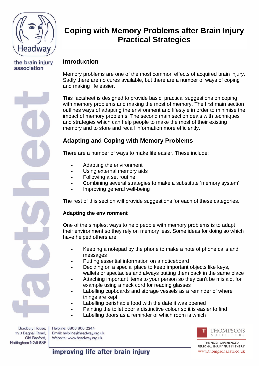
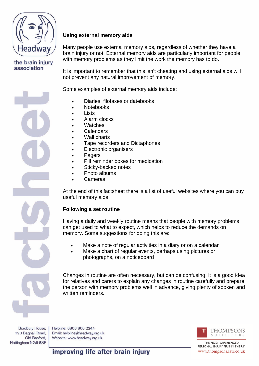
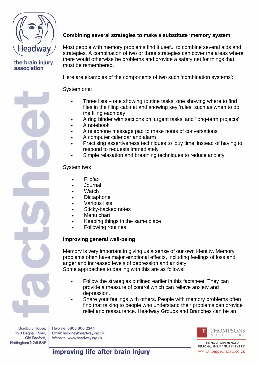
ACTIVITY IDEAS FOR ALZHEIMER’S/DEMENTIA RESIDENTS - NCCDP
Alzheimer's Disease. Many of these activities will spark a memory and may even lead to conversation. PRAISE, PRAISE, PRAISE FOR THEIR EFFORTS. Kitchen/Food Related Activities Mashed Potatoes: The individual may not be able to read the directions but may be able to hold the fork and whip the potatoes.
https://url.theworksheets.com/5id359 Downloads
Preview and Download !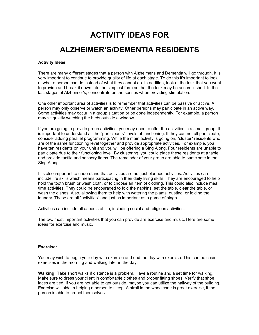

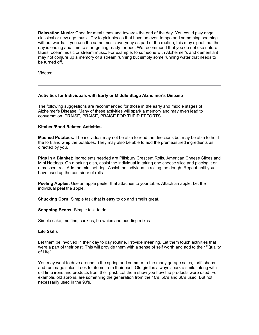
TBI TRAINING MEMORY MODULE - Wisconsin Department of Public Instruction
• Memory deficits are frequently found in children with TBI. Research (Delis et al., 1994: Roman et al., 1998) shows that decreased memory, especially in the areas of verbal learning and verbal memory are often found in children with TBI. • Difficulties with delayed recall, maintaining information over time and decreased use of
https://url.theworksheets.com/t3u75 Downloads
Preview and Download !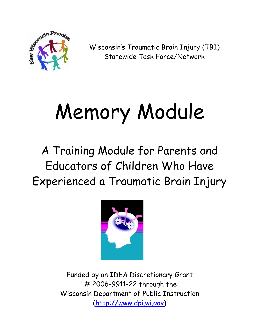

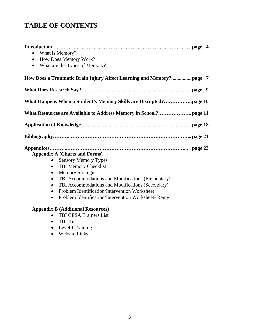
Short-term auditory memory activities - Peirson Center
short-term auditory memory tasks; and • improve active listening skills for all the children in the class, not only those with short-term auditory memory diffi culties. The book does not aim to ‘cure’ short-term auditory memory diffi culties, rather to teach active strategies to work within the auditory memory capacity for each child.
https://url.theworksheets.com/7nmm23 Downloads
Preview and Download !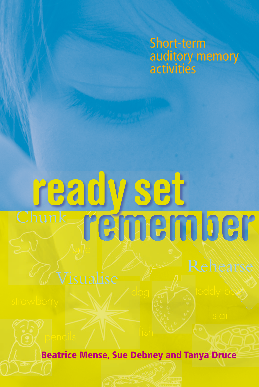
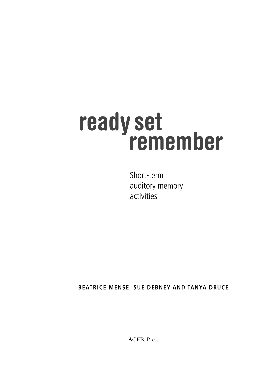
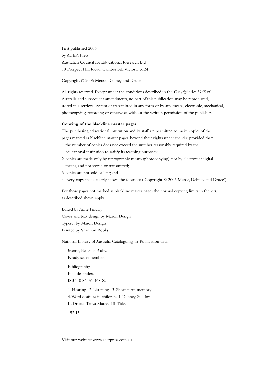
A Workbook for Aphasia - Weebly
4 Acknowledgements Thanks to Patrick O’Donnell, Denise Rogers, Kathy Kenney, Jim Pieknik, and my teachers and classmates in the CSU Speech and Hearing Program All worksheets and photographs within were created by, and are property of Cat Kenney.
https://url.theworksheets.com/3jzd273 Downloads
Preview and Download !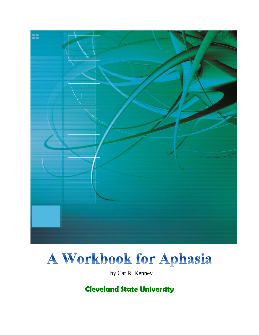
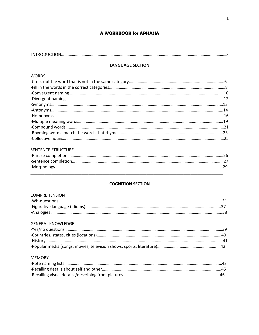

HOME PROGRAM: List of 50 Cognitive High-Level/Complex Tasks, #1
Nicespeechlady.com resources are intended for speech-language pathology professionals only – in order to augment treatment as indicated, or for general
https://url.theworksheets.com/1jsr212 Downloads
Preview and Download !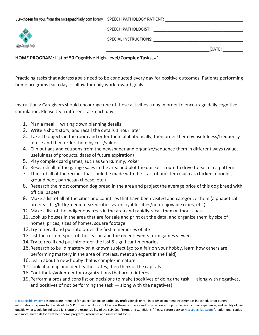
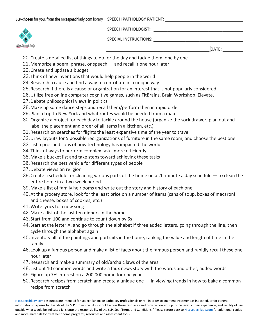

Understanding dementia handouts-updated - NASMM
A Positive Physical Approach for Someone with Dementia 1. Knock on door or table - to get attention if the person is not looking at you & get permission to enter or approach 2. Open palm near face and smile – look friendly and give the person a visual cue – make eye contact 3. Call the person by name OR at least say “Hi!” 4.
https://url.theworksheets.com/f6s36 Downloads
Preview and Download !


<< Previous results Next results >>